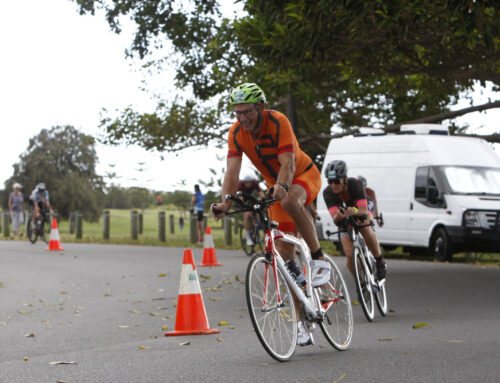Training Load Calculation
There are quite a few different formulas to express training load and after a lot of research I have settled on the calculation outlined below. However just before we get there it’s good to have a look at what it is that we want to measure. What we’re trying to measure for endurance training are:
- Duration
- Frequency and
- Intensity
Ultimately what we’re wanting to achieve is to measure our training load day to day, week to week and so on to enable us to compare previous periods to today’s effort.
And we would like to measure if our fitness is improving over time based on the training effort we’re putting in!
OK, so let establish a measurement for each variable:
- Duration – easy simply measure the time (or the distance)
- Frequency – again, easy we simply count how often we train
- When we add up the Duration of each session (frequency) we arrive at Volume
So Volume is how many hours or if we prefer km we have trained in a given period. - Intensity, however what’s missing at what intensity we have trained. Intensity is a bit more difficult to measure but two indicators are most commonly used Ranked Perceived Effort (RPE), usual ranking is from 1 to 10 where 10 is hardest and the second is Heart Rate (HR), a good measure since the harder you’re working the higher your will be, only caveat is that HR lags a few minutes behind our actual effort, however for endurance training this doesn’t matter to much unless we doing intervals
OK, so lets express this in a single number for a given training session:
Training Load (TL) = HR x minutes* / 100 **
* minutes the actual duration of our training session in minutes
** I divide by 100 simply to make the number smaller and more managable
TLV = sum(TL) for a given training period the total training volume including at what intensity
Fitness Progress over Time
This of course leaves us with the age-old question “Where is our fitness up to?”.
All this training is of no use if our fitness as in race readiness is not improving. Yes, we will know on race day, however it would be nice to have a bit of an idea where we stand before we rock up on race day. There is of course the good old Time Trial we can perform however wouldn’t it be neat if as part of our training progress we could get an indication of where our fitness is up to!
Luck with modern technology we can relatively easily plot our fitness with some sense of accuracy as well and for running and riding this is our power output measured in watts. And for swimming the first power meters are appearing as well bu maybe not quite ready for mainstream usage as yet but probably these will be available very soon at an acceptable price point.
So to plot our fitness vs our TL we use our power output, this is a valid indicator since the more efficient and fitter we’re getting the more power can generate at the same HR. Hence why the saying “It never gets easier because you just go harder!” holds true. As we get fitter we produce more power but of course we don’t go easier!







